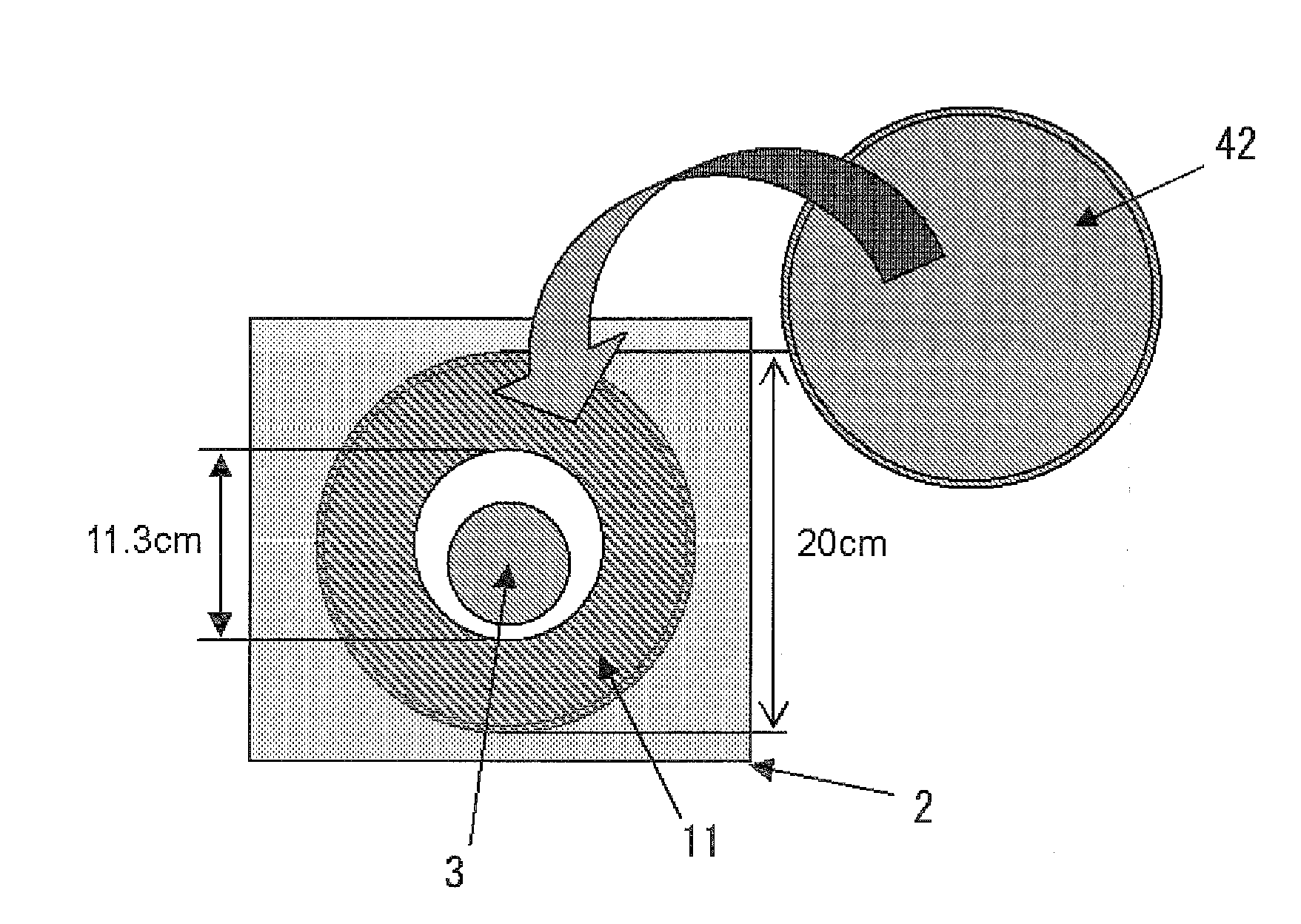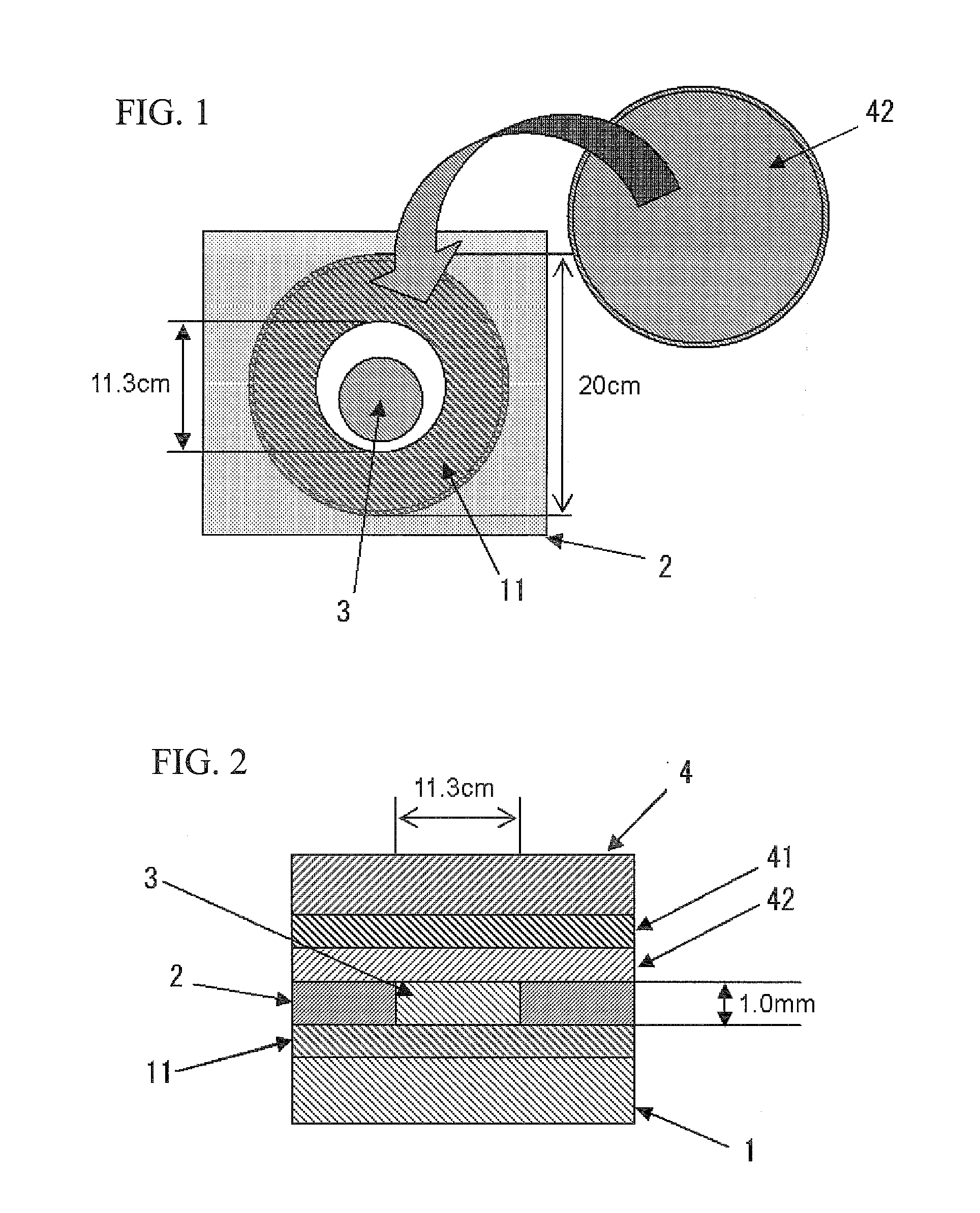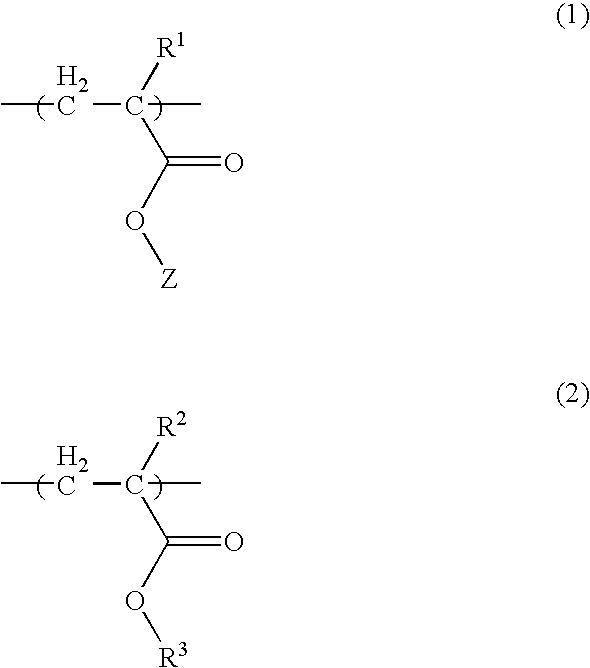Radiation sensitive resin composition and polymer
a technology of resin composition and polymer, which is applied in the direction of photosensitive materials, instruments, photomechanical equipment, etc., can solve the problems of expensive exposure system, liquid immersion lithography, and difficulty in implementing sub-quarter-micron microfabrication using near ultraviolet rays, so as to improve the effect of pattern shape and reduce the amount of elution
- Summary
- Abstract
- Description
- Claims
- Application Information
AI Technical Summary
Benefits of technology
Problems solved by technology
Method used
Image
Examples
examples
[0169]The present invention is further described below by way of examples. Note that the present invention is not limited to the following examples. In the examples, the unit “parts” refers to “parts by mass” unless otherwise indicated.
[0170]In synthesis examples, the properties of each polymer were measured and evaluated as follows.
(1) Mw and Mn
[0171]The Mw and the Mn of each polymer were determined by gel permeation chromatography (GPC) (standard: monodispersed polystyrene) using a GPC column manufactured by Tosoh Corp. (G2000HXL×2, G3000HXL×1, G4000HXL×1) (flow rate: 1.0 ml / min, column temperature: 40° C., eluant: tetrahydrofuran). The dispersibility (Mw / Mn) was calculated from the measurement results.
(2) 13C-NMR Analysis
[0172]Each polymer was subjected to 13C-NMR analysis using “JNM-EX270” (manufactured by JEOL Ltd.).
(3) Amount of Low-Molecular-Weight Components Derived from Monomers
[0173]The amount of low-molecular-weight components was determined by high-performance liquid chr...
PUM
| Property | Measurement | Unit |
|---|---|---|
| width | aaaaa | aaaaa |
| wavelength | aaaaa | aaaaa |
| wavelength | aaaaa | aaaaa |
Abstract
Description
Claims
Application Information
 Login to View More
Login to View More - R&D
- Intellectual Property
- Life Sciences
- Materials
- Tech Scout
- Unparalleled Data Quality
- Higher Quality Content
- 60% Fewer Hallucinations
Browse by: Latest US Patents, China's latest patents, Technical Efficacy Thesaurus, Application Domain, Technology Topic, Popular Technical Reports.
© 2025 PatSnap. All rights reserved.Legal|Privacy policy|Modern Slavery Act Transparency Statement|Sitemap|About US| Contact US: help@patsnap.com



